Rising Security Concerns
The military drone market in South America is experiencing growth due to escalating security concerns across the region. Countries are increasingly facing threats from organized crime, drug trafficking, and terrorism, prompting governments to enhance their defense capabilities. This has led to a surge in demand for advanced surveillance and reconnaissance drones, which can provide real-time intelligence and support ground operations. For instance, Brazil and Colombia have allocated substantial budgets for military modernization, with estimates suggesting that defense spending could rise by 15% over the next five years. This trend indicates a robust market potential for military drones, as nations seek to bolster their aerial capabilities to address these pressing security challenges.
Emerging Defense Technologies
The military drone market in South America is being shaped by the emergence of innovative defense technologies. Advancements in artificial intelligence, machine learning, and autonomous systems are revolutionizing drone capabilities, making them more efficient and effective in various military applications. Countries are increasingly adopting these technologies to enhance their operational readiness and combat effectiveness. For instance, Brazil has initiated projects to develop indigenous drone technologies, which could potentially reduce reliance on foreign suppliers. The integration of cutting-edge technologies is likely to drive market growth, with projections indicating a 30% increase in demand for technologically advanced military drones over the next few years.
Strategic Partnerships and Alliances
The military drone market in South America is likely to benefit from the formation of strategic partnerships and alliances among nations. Collaborative defense initiatives can enhance technological sharing and operational efficiency, allowing countries to pool resources for drone development and procurement. For example, joint exercises and training programs between countries like Argentina and Chile may lead to increased interoperability of military systems. Such collaborations could potentially reduce costs by 20% through shared research and development efforts. As nations recognize the importance of collective security, the military drone market is expected to see a rise in joint ventures and cooperative agreements, fostering innovation and expanding market reach.
Regulatory Support for Drone Integration
The military drone market in South America is benefiting from regulatory support aimed at facilitating the integration of drones into military operations. Governments are establishing frameworks to govern the use of unmanned aerial vehicles, ensuring compliance with safety and operational standards. This regulatory clarity is essential for fostering innovation and encouraging investment in drone technology. Countries like Chile are actively working on policies that promote the use of military drones for various applications, including disaster response and surveillance. As regulatory environments become more favorable, the military drone market is expected to expand, with an anticipated growth rate of 18% in the coming years.
Increased Focus on Surveillance Capabilities
The military drone market in South America is witnessing a heightened emphasis on surveillance capabilities. Governments are increasingly investing in drones equipped with advanced sensors and imaging technologies to monitor borders and critical infrastructure. This trend is particularly evident in countries like Peru and Venezuela, where geographical challenges necessitate effective surveillance solutions. The market for surveillance drones is projected to grow by 25% over the next five years, driven by the need for enhanced situational awareness. As nations prioritize border security and internal stability, the demand for military drones with sophisticated surveillance features is expected to rise, indicating a promising outlook for the industry.


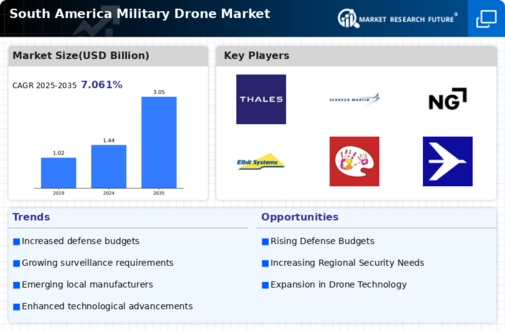
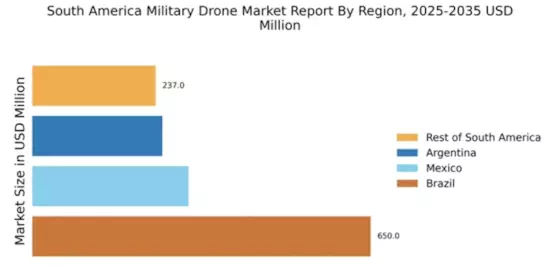
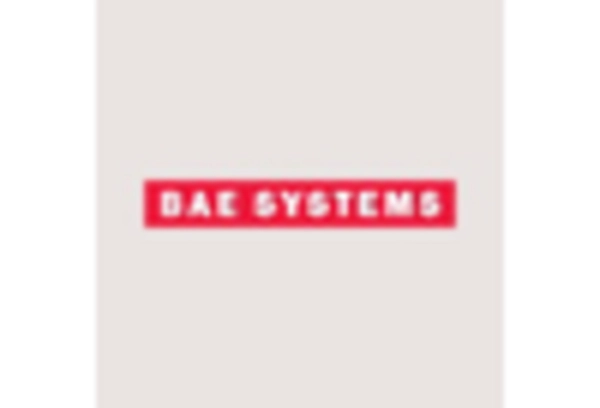
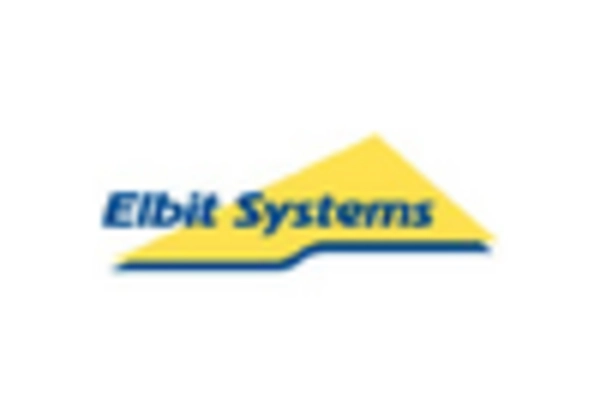

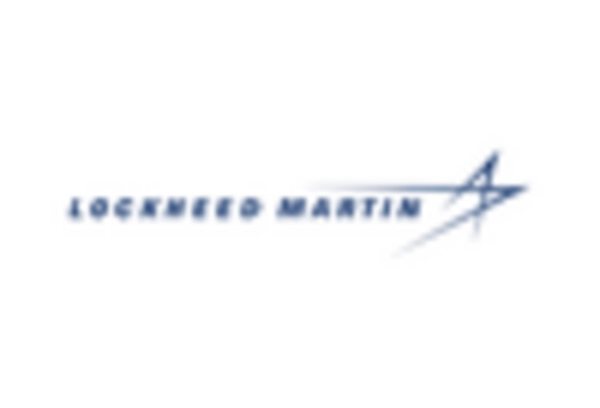
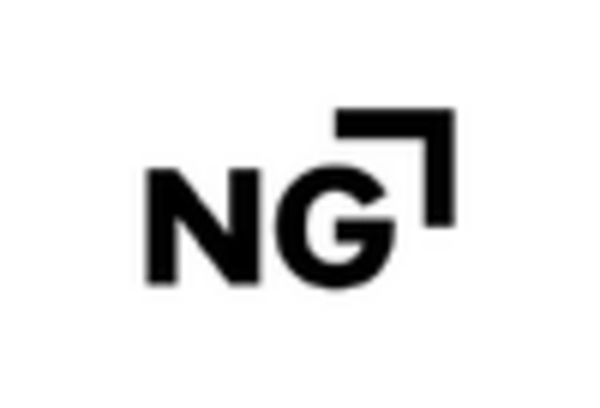
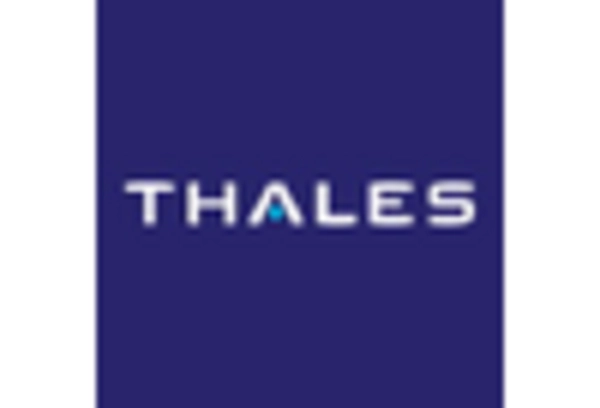








Leave a Comment